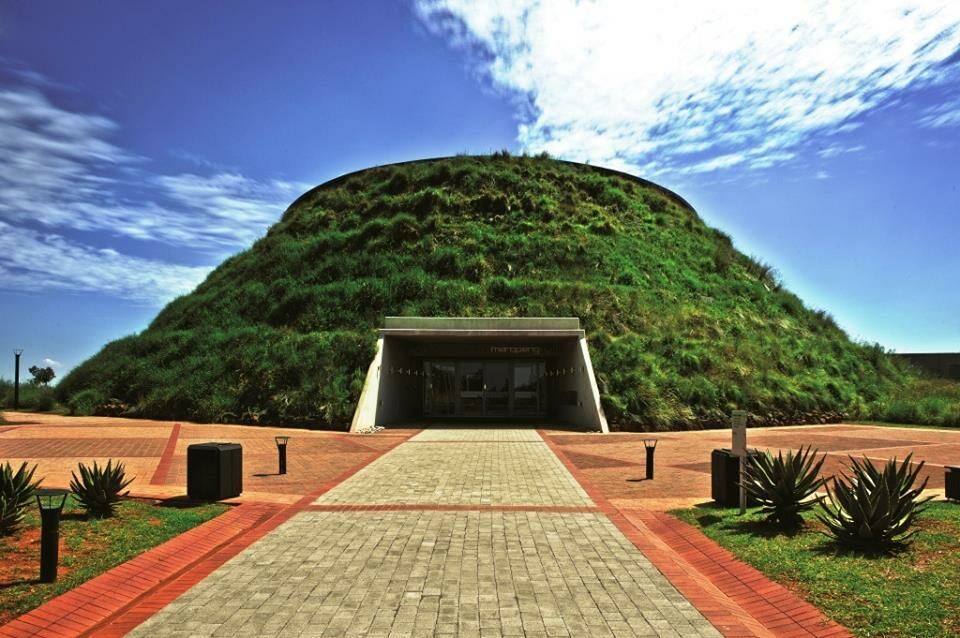About Johannesburg North Attractions
About Johannesburg North Attractions
Blog Article
The 8-Second Trick For Johannesburg North Attractions
Table of Contents7 Easy Facts About Johannesburg North Attractions ShownThe smart Trick of Johannesburg North Attractions That Nobody is Talking About10 Easy Facts About Johannesburg North Attractions ExplainedThe Johannesburg North Attractions IdeasThe Main Principles Of Johannesburg North Attractions The Johannesburg North Attractions Ideas
The city grew on the side of the Witwatersrand Main Reef, a subterranean stratum of gold-bearing quartz-silica corporation that arcs for hundreds of miles below the Highveld - Johannesburg North attractions. Many of the gold mines in the city discontinued operation in the 1970s, but in its day the Witwatersrand gold industry accounted for more than 40 percent of the globe's yearly gold production.Johannesburg has a warm climate. The city appreciates about 8 hours of sunshine per day in both winter and summer.
What rainfall the city gets drops almost exclusively in the summer season months, often in magnificent late-afternoon electric tornados. Air air pollution poses a considerable trouble, especially in the cold weather, when thermal inversions impede the westward circulation of air from the Indian Ocean. Pollution is most severe in the largely resolved Black municipalities on the city's periphery, where lots of locals still depend on coal for gas.

3 Easy Facts About Johannesburg North Attractions Shown
The balance of the city is occupied by whites. Accommodation varies in character and top quality. Soweto is infamous for its endless rows of municipally developed, two-room matchbox homes, yet it additionally has a few flourishing enclaves along with bursting squatter camps, where tens of thousands live without water, electrical power, or sanitation centers.
Physical growth, although rather restricted by transport, continued promptly as migration to South Africa, and Johannesburg specifically, increased significantly. This trouble was fixed in the 1930s when the vehicle was introduced in mass production to South Africa. Autos were, essentially, restricted to the wealthy, and allowed them to transfer to the north of the city and commute into the centre.
Most poor suburbs were mixed, with bad blacks and whites living with each other, although the wealthy suburban areas were typically reserved for whites. This changed with the political election of the National Event in the 1948 political elections, that started to formalise the system called racism. Discrimination officially designated which suburban areas each race can stay in under the Group Areas Act.
The previous system of eleven numbered areas was reorganised in 2006. Marshalltown, as seen from the top of the Carlton Centre. The M1 and M2 run behind the structures, and the southern suburban areas extend past the freeway limit. The central city of Johannesburg lies within the city's Region F. The number of individuals living in the inner city on a casual basis is unknown, as several are illegal immigrants. The unemployment, education and learning, and age profiles of the area are all unidentified, due to the problem of Our site getting reputable info concerning the area.
Some Known Factual Statements About Johannesburg North Attractions
Yeoville and Bellevue have a mix of house structures and solitary household devices on little whole lots. The read this article area is situated on a hilly divide that runs from east to west.

Everything about Johannesburg North Attractions
The eastern residential areas are some of the earliest areas of Johannesburg, there are big communities of Jewish and other European backgrounds, the majority of the population is English speaking. There are 3 golf programs as well as a number of protected ridges with viewsites.
Initially constructed to house male migrant workers, several have been enhanced as homes for couples and family members. The suburban area was not historically allowed to produce work centres within the location, so practically all of its residents are commuters to various other parts of the city.
All About Johannesburg North Attractions
The domestic areas in the north suburban areas are generally formal, with no substantial locations of casual housing, or real estate that does not have an irreversible structure. This is an established area, there is a fad of land usage change from residential to business, specifically along main arterial roads and around recognized nodes.
Roads to the eastern and west are much less well developed, as there are no highways travelling in that direction. Towards the north border of the city, the thickness of advancement reduces, leaving huge areas of untaught land around Midrand.
The Main Principles Of Johannesburg North Attractions
The go to my blog first residential area to the north of the central city is Parktown, which is located on a hillside overlooking the inner city and Hillbrow. It has several affluent homeowners and Edwardian-design mansions, as well as the Education and Medical campuses of the College of the Witwatersrand. The huge concrete Charlotte Maxeke Johannesburg Academic Hospital controls the horizon of Parktown.
Report this page